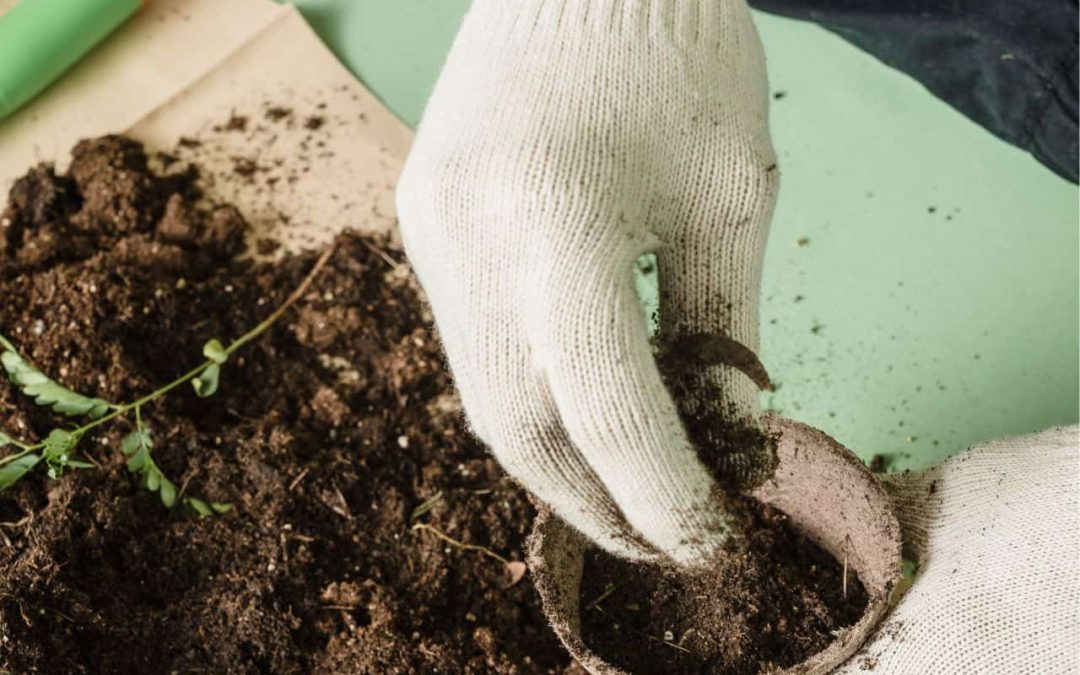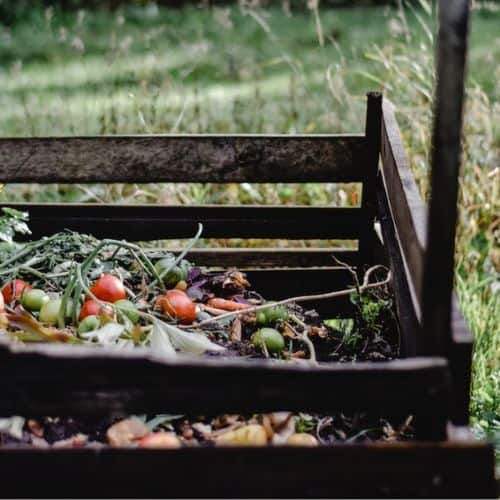A Sustainable Solution for a Greener Future
In recent years, there has been a growing concern over the amount of waste the packaging industry generates. As consumers become more environmentally conscious, they are demanding sustainable packaging solutions that reduce waste and promote a circular economy. One such solution is compostable packaging.
Compostable packaging is made from biodegradable materials that can break down into natural elements when exposed to the right conditions. This type of packaging is designed to be composted, along with food waste and other organic materials, to create nutrient-rich soil for plants and gardens. Here’s a closer look at how compostable packaging works and how you can make your compost.
What is Compostable Packaging?
Compostable packaging is made from natural materials such as plant fibres, starches, and cellulose. These materials are biodegradable, which means they can be broken down by microorganisms and return to nature. Unlike traditional plastic packaging, which can take hundreds of years to break down and release harmful toxins into the environment, compostable packaging is a sustainable solution that can help reduce waste and greenhouse gas emissions.
Compostable packaging can come in various forms, including bags, containers, and wraps. Some examples of compostable packaging materials include:
- Cornstarch-based bioplastics
- Bamboo or sugarcane pulp
- Mushroom-based packaging
- Paper-based materials
Creating Compost
Composting is a natural process that breaks down organic materials into nutrient-rich soil. Composting can be done at home, in a backyard, or a community garden. To create compost, you will need the following:
- A compost bin or pile
- Organic materials, including food waste, yard waste, and compostable packaging
- Water
To get started, choose a location for your compost bin or pile. This should be an area with good drainage and access to sunlight. You can purchase a compost bin or create your own using materials like wood pallets or wire mesh.
Next, collect organic materials for your compost bin or pile. This can include food waste, such as fruit and vegetable scraps, coffee grounds, eggshells, and garden waste, like leaves, grass clippings, and twigs. You can also add compostable packaging, such as paper bags, to your compost.
Layer your organic materials in the compost bin or pile, alternating between dry materials like leaves and twigs and wet materials like food waste and grass clippings. Add water as needed to keep the compost moist.
Over time, microorganisms will break down the organic materials in your compost bin or pile, creating nutrient-rich soil. This process can take several weeks to months, depending on the size of your compost bin or pile and the conditions in your composting area.
Using Compostable Packaging in Your Compost
Compostable packaging can be a great addition to your compost bin or pile. When composted, these materials break down into natural elements that help create nutrient-rich soil. However, choosing suitable compostable packaging materials for your compost is essential.
Not all compostable packaging is created equal. Some materials may contain synthetic additives or coatings that can harm your compost. Before adding compostable packaging to your compost bin or pile, check the packaging label; here at GratPak, our bags are compostable.
Conclusion
Compostable packaging is a sustainable solution that can help reduce waste and promote a circular economy. By choosing compostable packaging materials and composting organic waste, we can create nutrient-rich soil that helps support plant growth and reduce greenhouse gas emissions, whether you’re composting in your backyard or a community garden.


